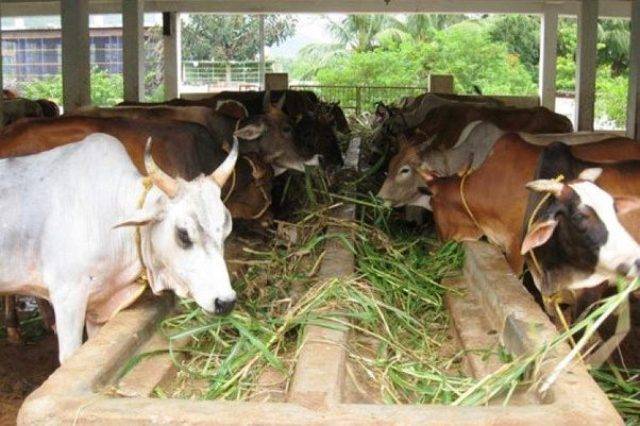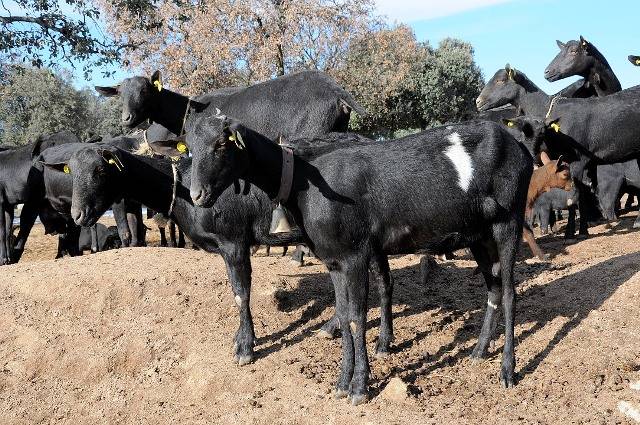
Animal welfare science is a relatively new scientific discipline, evolving mostly with in veterinary medicine over the latter half of the twentieth century into an independent specialty in its own right. The first world level organization for scientific study of animal welfare was established in 1966 as the society for veterinary ethology (SVE) affiliated with the British Veterinary Association. The main aim of animal welfare is to provide quality of life to the animals which come with human interference either captivity or wild. The term “Quality of Life” originated within the human sociological/geographical/medical fields in the 1950s and 1960s and within the human field as wealth, physical and social environment, health, and biological functioning. In its simplest form, animal welfare refers to the relationships people have with animals and the duty they have to assure that the animals under their care are treated humanely and responsibly. Concern for animal care and wellbeing has existed since domestication, which occurred at least 10,000 years ago in Neolithic times.
The term “animal welfare” is being used increasingly by corporations, consumers, veterinarians, politicians, and others. Ideas about animal welfare began in ancient civilizations and exist in many religions and cultures today. Our appreciation and respect for animals led to their domestication, animal agriculture, animal husbandry, and their industrialization. It sets a mutually beneficial arrangement between people and animals that goes like this: “If we take care of the animals, the animals will take care of us.” Animals are used for human benefit in many ways across the planet including for food, entertainment, sports, scientific study, research, transport, and companionship.

Why animal welfare
Every animal has their unique place and role in origin of ecosystem/nature for its maintenance. Each organism on earth has a specific place in food chain/food web that actually helps contribute to the ecosystem in its own special way. All the human beings on the Earth depend on animals for food, cosmetic items, woollens, skin, medicine, research and many more products are derived from them. Animal and their by-products contribute a high share in every country’s GDP. Imagination of any country without animal is impossible. The survival of human being can only be possible by the protection of animals and we have to think of their welfare if we want to live in this planet.
Animals are the living things, similar to humans. They deserve to be treated as a part of the family as many animal shares 96% to 98% homologous genes with humans. Animal protection and welfare leads to domestication of animal which reduces the human-animal interference and zoonotic diseases also. The persons who live their life closely with animals like farmers, animal trainers, animal scientists, animal breeders, veterinarians, zoo keepers recognized these challenges and adopted animal welfare policies, practices and programs to assure the availability of wholesome food, veterinary care, proper handling and socialization. It is the time for all human being to understand the value of animal welfare and its acceptance in our life.

The Five Freedom
The welfare of an animal includes its better physical, mental state, and good animal welfare implies both fitness and a sense of well-being. Signs that an animal has a good state of welfare can include longevity, low disease occurrence, normal behavior, performance-based productivity, and healthy reproducing ability. Any animal kept by a man at least must be protected from unnecessary suffering. The phrase began as “life as the Four Freedoms” introduced by Franklin Roosevelt in his address to the US Congress in 1941. In 1979 the concept of five freedoms came into existence in livestock production sector. Since then these rules are worldwide adopted by all Animal welfare societies and policymakers. The 5 freedoms are a set of internationally-recognized animal welfare standards which includes:
-
Freedom from Hunger and Thirst - by ready access to fresh water and a diet to maintain full health and vigour.
-
Freedom from Discomfort - by providing an appropriate environment including shelter and a comfortable resting area.
-
Freedom from Pain, Injury or Disease - by prevention or rapid diagnosis and treatment.
-
Freedom to Express Normal Behaviour - by providing sufficient space, proper facilities and company of the animal's own kind.
-
Freedom from Fear and Distress - by ensuring conditions and treatment which avoid mental suffering.
In addition to it, many programs and policies developed to improve standards of care and wellbeing for animals. Animal welfare proponents also work to end animal abuse.
World and animal welfare
World Animal Welfare Day celebrates relationship between mankind and animal kingdom. World Animal Day is an international day of action for animal rights and welfare celebrated annually on October 4th, the feast day of Francis of Assisi, the patron saint of animals. The idea of World Animal Day was originated by Heinrich Zimmermann, the German writer. He organized the first World Animal Day on 24 March 1925 in Berlin and moved it to 4th October for the first time in 1929. Initially he found a following only in Germany, Austria, Switzerland and Czechoslovakia. Every year Zimmermann worked tirelessly on the promotion of World Animal Day. Finally, in May 1931 at a congress of the world’s animal protection organizations in Florence Italy, his proposal to make 4th October World Animal Day universal, was unanimously accepted. The aim of World Animal Welfare Day is to improve animal welfare standards worldwide through the support and involvement of individuals, groups and organisations that care and love animals.
There are laws and enactment for animal welfare too. “Cruelty to Animals Act 1835” was the first national law to protect animals which was laid in UK. After this another law came up with the name “Protection of Animals Act 1911”. Following this, a national law, “Animal Welfare Act of 1966” to protect animals emerged in US. World Animal Protection, formerly the World Society for the Protection of Animals (WSPA) is a global animal welfare organisation with nearly 50 years of safeguarding animal lives in disasters and supporting the livelihoods and resilience of their communities. There are many non-government organizations (NGOs) also which works day and night for the protection and animal welfare like World organization for animal health (OIE), Humane Society International (HSI), International Fund for Animal Welfare (IFAW), People for the Ethical Treatment of Animals (PETA), Royal Society for the Prevention of Cruelty to Animals (RSPCA), The Brooke, World Society for the Protection of Animals (WSPA), World Veterinary Association (WVA), World Animal Protection etc.
Indian aspect of animal welfare
The Animal Welfare Division is entrusted with the implementation of the provisions of the Prevention of Cruelty to Animals Act, 1960 (59 of 1960). Two statutory bodies viz, Animal Welfare Board of India (AWBI) and Committee for the Purpose of Supervision and Control of Experiments on Animals (CPCSEA) have also been set up under this Act. Apart from this there is a subordinate body namely, National Institute of Animal Welfare (NIAW), Ballabhgarh, Haryana for imparting training and education. In India, the “Prevention of Cruelty to Animals Act, 1960” and Wild Life Protection Act, 1972 were laid to protect the animals.
The Breeding of and Experiments on Animals (Control and Supervision) Rules, 1998 sets general requirements for breeding and using animals for research. Articles 48, 48A, 51 of Indian Penal Court are specially meant for animal protection and their welfare.
AWBI does may work like recognition to over 3000 animal welfare organizations, release of grants-in-aid under various animal welfare schemes, inspection of slaughter houses, publication of newsletter and pamphlets, conducting trainings of Honorary Animal Welfare Officers and seminars on various aspects of animal welfare. It also provides fund for Gaushala and shelter house, animal birth control program, animal ambulance, relief to animals during natural calamities.
Conclusion
As we are day by day stepping ahead we have to take care of different step we have covered to achieve our next step. Animals played a pivotal role for successful development of human being as by research, medical, different industries, security and many more. People's concerns about animal welfare are normally based on the idea that we should take steps to maximise the well-being of animals, especially wherever we use or interact with them. Improving our understanding of animal welfare, involves the fascinating study of animal behaviour as well as the challenge of accessing the emotions of animals. Many organizations are leading us in the field of animal welfare but it is the time for thinking ourselves about animals, their role in human life, future with animals and survival of universe with animal.
Author By
1. Dr. JyotsanaBhatt - Phd Scholar, Department of Veterinary Surgery and Radiology, CVASc, GBPUAT, Pantnagar- 263145
2. Dr. Alok Joshi - Veterinary Officer Govt. Vety. Hospital, Naini-Barakot, Almora(Uttarakhand)- 263601
3. Dr. Abas Rashid Bhat - Phd Scholar, Division of Surgery, IVRI, Izatnagar- 243122
4.Dr Supriya Yadav - Phd Scholar, Division of Medicine, IVRI, Izatnagar- 243122










